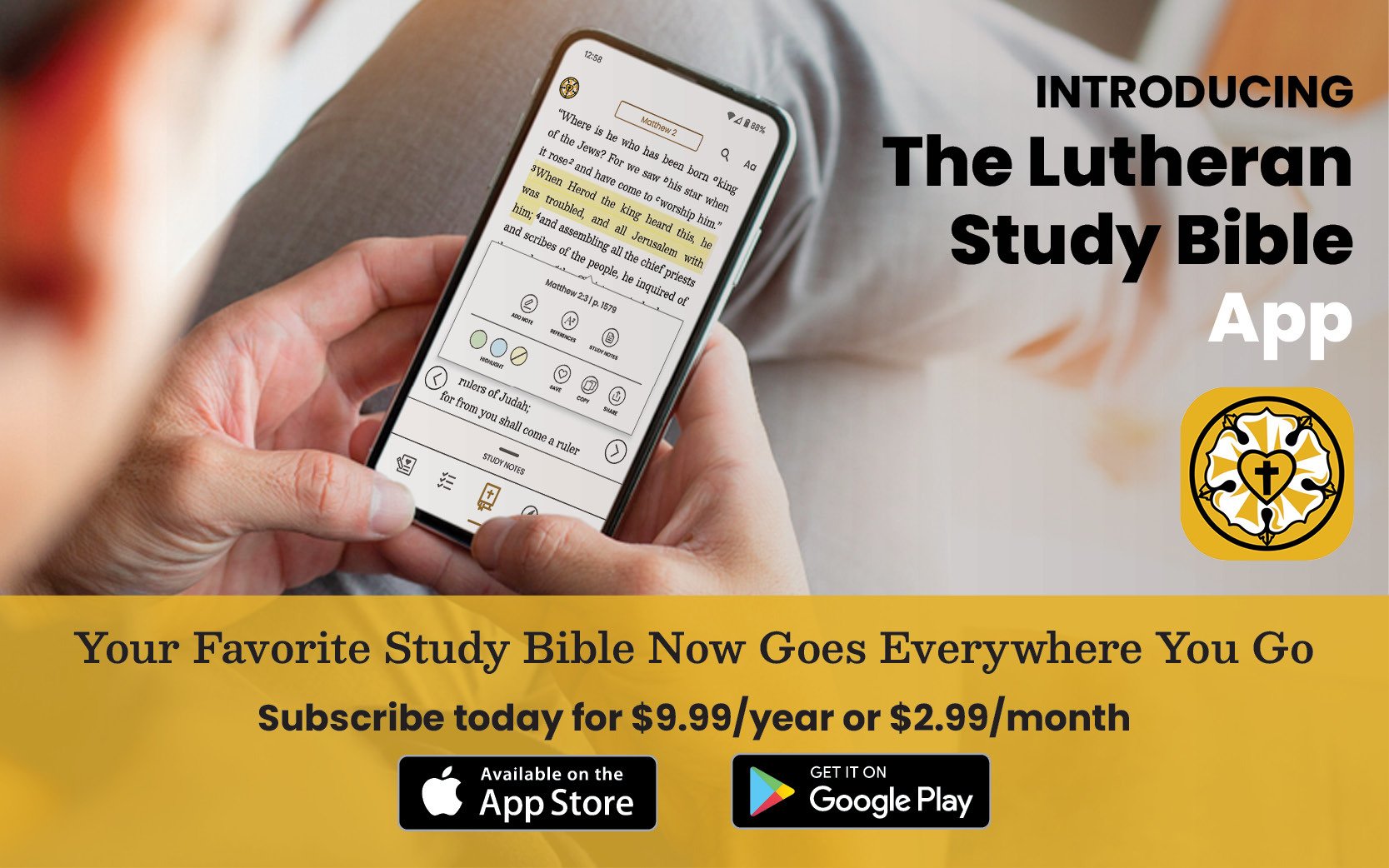It seems generally assumed that preachers want hearers to remember at least the main idea and purpose of the biblical truth considered in the sermon, as well as to reflect it in their lives. Here is a question that has not really been posed. How may preachers use new knowledge about the actual functioning of their hearers’ brains to help the hearers remember the biblical truths—ways that are more direct and beneficial than by just hoping the biblical truths will be remembered? How may the preachers’ expressions and explanations of God’s Word best reach this memory in hearers’ brains?
The Different Long-Term Memory Systems
Certainly no one has questioned the existence of the human being’s long-term memory. It’s been assumed that it’s there, but no one before 1990 had been really able to describe it and its functions. Seemingly to complicate the issue, recent brain research has revealed more than one type of memory. Four long-term memory systems have been identified. How can we distinguish among these memory systems? May our knowledge of each of them serve us more effectively than when we thought there was supposedly only one memory system?
Three of the systems make up what could be the three-part organizational plan for sermonizing: semantic, episodic, and value memories. We may use simpler labels for these memories: knowledge-oriented, event-oriented (or emotional learning), and value-oriented. We can term the contents of the memory systems head knowledge, heart knowledge, and living knowledge. Preachers may now consider seriously directing their sermons intentionally to accumulating and reinforcing the different contents of these memory systems. It seems that preachers could appreciate following this process in preparing a sermon. This article proposes how this might be done.
To sum up at this point, I believe it is extremely helpful for preachers to direct the sermon very specifically toward each memory system. If we could also find out how a person learns and secures items in each of the memory systems, preachers may become still more effective by using such strategies. But most of the strategies are not altogether new. Over the years, homileticians have collected an abundance of principles and methods that are expected to help hearers remember at least the gist of the sermon. Organizing these specific principles according to the memory systems would likely help persuade hearers to learn, remember, absorb, and even live biblical truths. …
Using the Knowledge-Oriented Memory System
The semantic, or knowledge-oriented, memory system has long been recognized as the memory bank we hold within ourselves. It holds factual data like historical knowledge and the multiplication tables, information about ourselves and the world, even belief statements such as, “The earth is round,” and “Jesus is God,” and sometimes even trivial information. The semantic memory is a part of the brain’s cognitive faculties.
Preachers are accustomed to using their own cognitive abilities, located in the half inch of brain tissue underneath the forepart of their skull. Their cognitive functions include the ability to generate the main idea in a biblical text, together with its purpose. We also recognize the ability to create a theme that we would want hearers to remember. Developing an outline helps to serve as a framework for presenting the material associated with the theme and main idea.
The process of deriving truths from a text usually includes strategies that are helpful for preachers in presenting those truths to hearers. With their cognitive faculties, hearers, too, may come to understand a biblical truth and even retain it in their knowledge-oriented memory system. This memory bank is therefore one end point of a pastor’s preaching and educational ministry. It is intended to help hearers learn and remember biblical truths.
But preachers are ordinarily aware that hearers need more than a simple understanding of a biblical truth garnered through the work of the prefrontal cortex.
Using the Event-Oriented Memory System
People often accept a biblical truth in their hearts as something to believe firmly. The belief statement, “Jesus is the Savior of the world,” becomes “Jesus is my Savior.” This hopefully becomes a part of one’s inner personal life. This is how the second memory system can be used.
Event-oriented memory, or episodic memory as neuroscientists prefer to call it, contains all the special events of one’s life, such as memories of parents, siblings, friends, perhaps a serious accident or injury, one’s wedding, the birth of children, experiences in one’s first job, even traumatic experiences as some things we would as soon forget. The personal experiences in this memory system are filled with emotion. Emotion, we know, is a necessary driver of motivation. When preachers help hearers attach the biblical truth to a personal experience, they enable the person to absorb the truth in their lives and make it a part of their central belief system. And this process carries with it the emotions attached to the personal experiences.
The connection of a biblical truth with a significant life experience helps to make it a personal part of one’s life. For example, preachers are aiming for this result when they help hearers realize their need for the Gospel because of particular sins they have committed, sins that often occupy a prominent spot in their episodic memory. And as to the Gospel, consider the impact of hearing again the story of Jesus’ crucifixion during a Good Friday Tenebrae service, as compared to hearing the simple statement, “Jesus died for you.” Pastors aim for this result with the pointed power of God’s Spirit. Again, this is a prime objective of the parish’s educational ministry in preaching as well as in youth and adult instruction. This strategy of making a connection with an episodic memory, along with several other strategies identified by the brain’s functioning, is necessary to help hearers develop their heart knowledge
Heart knowledge, according to the scriptural use of the word heart, involves the combination of one’s cognitive understanding with emotional underpinning and spiritual support. This second part of the plan offers information preachers and hearers can definitely use.
This blog is excerpted from an article by Rev. Allen H. Nauss that was published in a previous edition of Concordia Pulpit Resources.
Continue reading this article and discover the third memory system by downloading the free PDF from Concordia Pulpit Resources below.
















